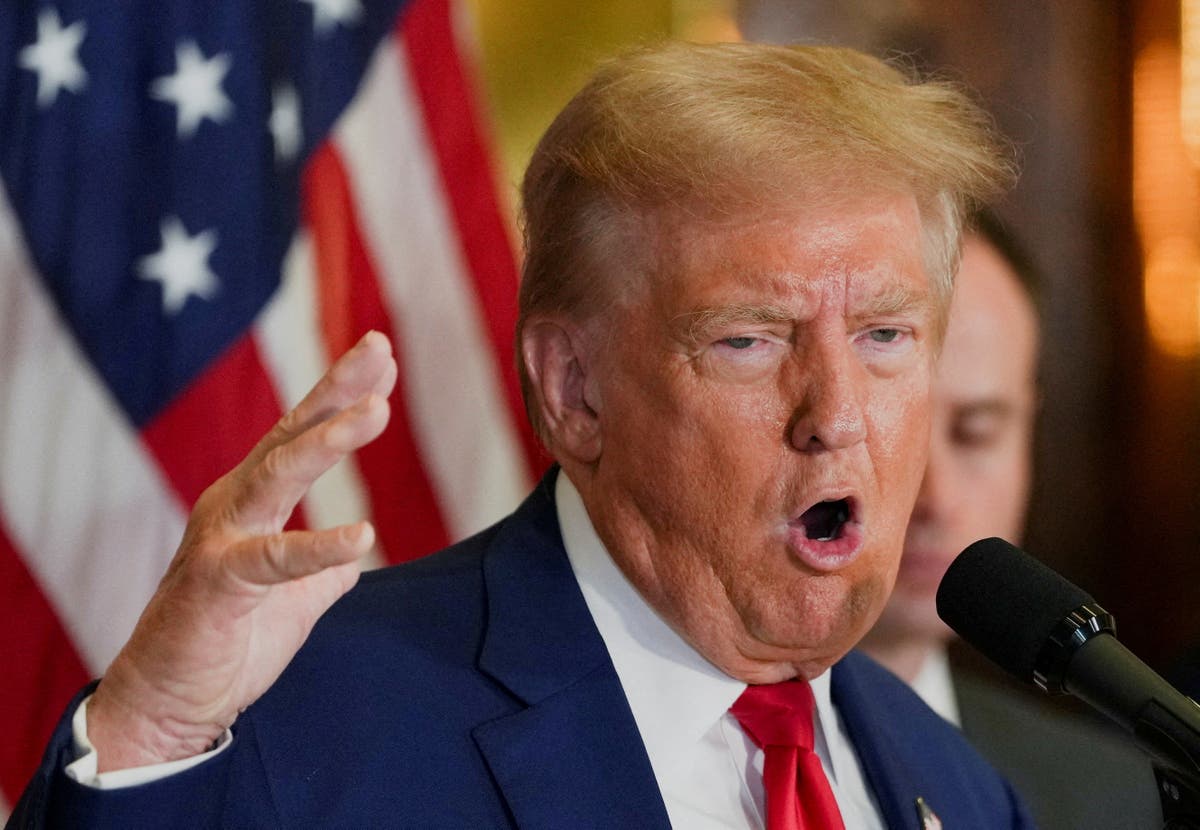Bussiness
Stellantis offers buyouts to US salaried workers to cut costs

Stellantis NV is offering buyouts to salaried employees to cut costs following a decline in net income during the first half of the year, underscoring executive promises that the company would need to make some hard decisions if it expected to compete.
The voluntary separation packages are available for nonunion-represented employees in the United States at the vice president level and below in “certain functions,” according to an internal memo obtained by The Detroit News. Unlike previous offers, there are no minimum years of service requirements.
Eligible employees will receive an email on how to access their individualized offers in mid-August, with the email stating they will include an “enhanced benefits package that has not been previously available.” Stellantis declined to specify which functions would be targeted for reductions or how many of its 11,000 U.S. salaried employees would receive buy-out offers.
The maker of Chrysler, Dodge, Jeep and Ram last week reported earning $6.1 billion, down 48% for the first six months, on net revenues of $92.2 billion, which was off 14% compared to a year earlier. Lower vehicle sales and product mix challenges contributed to the declines, with CEO Carlos Tavares stating that the automaker needed to make cuts and that could include putting vehicle brands on the chopping block.
The memo — signed by Tobin Williams, senior vice president for human resources and transformation in North America — said the goal is to meet headcount reductions through attrition and the buy-out offer. But he added that involuntary layoffs could be needed if those objectives aren’t met through voluntary means.
“As Stellantis continues to address inflationary pressures and, importantly, provide consumers with affordable vehicles at the highest quality, we remain focused on taking the necessary actions to reduce our costs to protect the long term sustainability of the company,” according to a Stellantis statement. “One of those actions is offering a voluntary separation package to U.S. employees in certain functions.”
The email specified the packages would include months of severance based on years of service as of Sept. 30, 2024. That starts at two months for those with less than four years of experience with the company and tops at 13 months for those with more than 20 years.
Stellantis will provide a lump sum to help cover health care costs based on years with the automaker. There also will be vesting of the 3% 401(k) corporate contributions for employees with less than three years of vesting service. Human resources consultant Lee Hecht Harrison will provide three months of outplacement services, too.
Bloated vehicle inventories and holes in Stellantis’ lineup have hurt the automaker, whose U.S. sales were down 21% in the second quarter. Dealers in recent months have pointed to high sticker prices, insufficient incentives, older vehicle stock and issues with marketing.
“A lot of fat needs to be trimmed,” said Paul Waatti, director of industry analysis at market research firm AutoPacific Inc. “It might get uglier in the short term before they get back on track.”
Stellantis racked up too many expenses in certain areas, such as research and development. The company has dealt with operational issues, including at some factories, and also struggled to find the right marketing tactics to sell more vehicles, especially in the United States. Long known for his expense reduction and turnaround abilities, Tavares said more “cost-saving actions” are planned for the latter half of 2024. Executives estimated those decreases would be close to $550 million over the first six months.
New leadership in the company marks a different approach from the automaker’s past, and that can create some growing pains, Waatti said: “The current situation has taken a toll on morale. Some people feel they have a target on their back with the pressure of their priorities.”
Cost savings could help to offset price reductions on Stellantis vehicles, Tavares said last week. Stellantis on average sold its U.S. vehicles for $57,569, more than 18% higher than the industry average, according to automotive information services provider Cox Automotive Inc.
Following years of high vehicle prices from inventory shortages, buyers that had been pushed out of the market now are starting to re-enter. They are expected to help U.S. market volume growth through 2027, offering opportunity for Stellantis and its competitors, Waatti said: “Having that mainstream middle-income buyer back in the market will grow sales over the next couple of years.”
Stellantis, which is launching more than 20 products globally this year, has new entries coming in North America. They include the electrified Ram 1500 pickup, electric Jeep SUVs and new gas and electric versions of the Dodge Charger. The company also plans to bring back the compact Jeep Cherokee next year, filling a gap in a top-selling SUV segment. A small Jeep electric SUV costing $25,000 is expected to arrive in 2026.
Stellantis’ crosstown rivals have made announcements over the past year to delay EV product launches, shrink EV-related investments and cut EV programs because of slowing growth in EV sales. Stellantis also needs to address an overblown cost structure, get fit for competitors especially in China and make the investments needed for the EV transition, said Daniel Ives, analyst for Wedbush Securities Inc.
“I think they’re ripping the Band-Aid off. There are tough times ahead,” he said. “The future of Stellantis, as well as GM and Ford, rests on how they navigate the next 12 to 18 to 24 months. They need to make sure they’re putting more money in the right areas to drive growth.”
That’s going to be EVs, new models and the technology to stay ahead of the competition, Ives added.
Stellantis has routinely made buyout offers to salaried workers for the past few years, including two rounds last year in the spring and then in November. At that time, Stellantis had 12,700 U.S. salaried workers not represented by the United Auto Workers. The automaker last year also agreed in a new contract with the UAW to provide $50,000 retirement incentive plans for hourly workers in 2024 and 2026.
bnoble@detroitnews.com
@BreanaCNoble
Staff Writer Luke Ramseth contributed.










